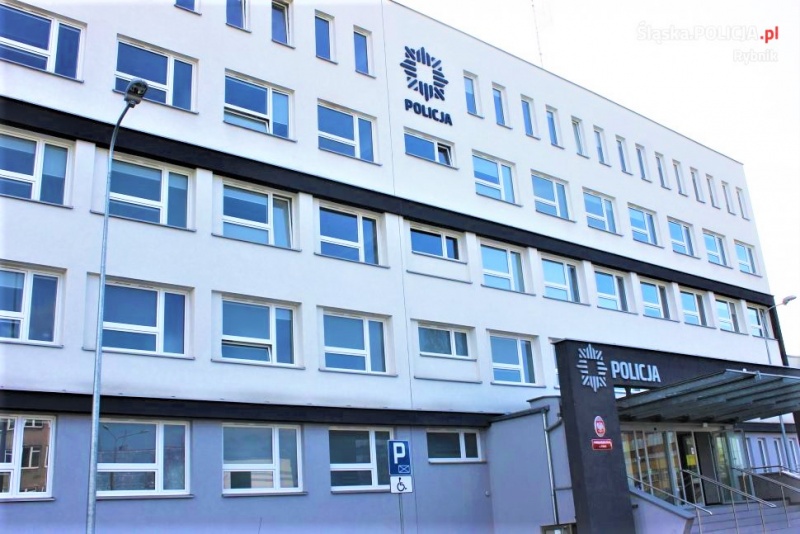
In August, the 88th anniversary of the mass persecution of Poles in the USSR, which began on 11 August 1937 by order of the NKVD No. 00485, which lasted until November 1938, especially in the lands of Belarus and Ukraine. These included over 140 thousand, and over 111 1000 were sentenced to be shot. This is the largest of the NKVD operations on the number of victims, and it was besides admitted by Russian historian Nikita Petrov of the “Memorial” Association (harassed later by Putin).
Poles were victims of out-of-court repressions launched by Russia and Stalin for defeat at Warsaw in 1920. These were the years of the large Terror, which besides touched another nationalities surviving within the borders of the USSR, but with peculiar enthusiasm Poles were beaten, shot or deported. However, it is crucial to know that these repressions started much earlier, due to the fact that respective 100 Poles were shot in 1924-1929 on the charge of “spying”. However, after the Treaty of Riga in 1921 the Polish Military Organization (POW) was dissolved, so these people were victims of russian hysteria of searching for spies everywhere, so the repression continued besides in 1933/4 (even the avant-garde poet Witold Wandarski was shot down, though he was a communist ), and in 1935 in Kiev, Minsk and Moscow a wave of arrests under the motto of breaking up “grid” of the POW, long gone! In these cities there were many clusters of Poles erstwhile Poles had lived in the villages of Belarus and Ukraine since the 17th century.
Revenge, besides an eternal hatred of Russians towards Poland, was besides behind the closeness between Stalin and Hitler, who abruptly concluded – 23 August 1939 – the Ribbentrop-Molotov pact, giving our enemies the main asumpt to war and predicting the tragic destiny of Poland, fresh crimes, executions or massacres on our lands. hatred for Poland (for what only?) was the cement of this diabolical pact, which became a fresh partition of the Republic of Poland, as well as a partition for Baltic countries and Besarabia. It is spoken of more and more frequently, and even creating movie programs for television, including in Australia, broadcast on the occasion of the next anniversary of this extraordinary agreement between fascists and communists, between Hitler and Stalin. The planet knows very small about the operation of the Polish NKVD, although it is known that researchers specified as Nicolas Werth, Terry Martin, Timothy Snyder, Nikita Petrov, Arsenija Roginski or Hiroaki Kuromiya from Indiana University dealt with the tragedy of Polish families persecuted by the Stalinist government in the 1930s. And Poles were besides hunted in another NKVD operations (German, Latvian, Lithuanian, etc.) And it was Hiroaki Kuromiya who stated that “Like the Holocaust, Operation Poland should be remembered by all mankind.“ I would besides add here massacres made by the Red Army after aggression on September 17, 1939, deportations to Siberia, Katyn crime and another crimes of Soviets in Poles, and sometimes overlooked in volumes of history.
A akin appeal was made by the Council of the Polish World, gathered in Sopot on 2-5.X.1997, establishing the day of the Polish Christian Holocaust, victims of Nazism and Bolshevikism. The day of September 14 was besides chosen to be dedicated to these victims, and the patron saint of that day was St Maximilian Kolbe. Unfortunately, this day of Polish extermination is seldom remembered, possibly it hinders another nations who care for their victims better. This is – as we read – after the war the IPN recorded mainly the losses of the chosen nation, erstwhile Poles “could not wait for a single typewriter and not a single wardrobe...”(video Janina Hera, “Poles saving Jews” (W-wa,2014, p.17). And historians agree that the extermination methods utilized by Nazism and Bolsheviks towards Poles, however, correspond to the definition of genocide. possibly this year individual will yet remind of this Polish day of the Christian Holocaust on 14 September?
Marek Baterovich
(according to “Black Book of Communism” (Warsaw, 1999, p.341-344 and “ARCANA” nr 106/7, 2012, p. 58-79)
Marek Baterovich, born1944) as a poet, he made his debut in the pages of "The Common Week" and "The Student" (1971). Book debut - "Verses to Dawn" (W-wa, 1976); the title was an allusion to the night of PRL. In 1981, he published outside censorship a collection of poems entitled "Having broken branches of silence". Since 1985 on emigration, since 1987 in Australia. Author of respective prose titles(M.in "Zarno rises in wound"-1992 in Sydney and 2017 in Warsaw) and many poesy collections specified as "heart and fist" (Sydney, 1987), "From that side of the tree" (Melbourne, 1992 – poems collected), "Place in the atlas" (Sydney, 1996), "Chair and Shadow" (Sydney,2003), "On the Sun leash" (Sydney, 2008). In 2010 in Italy there was a selection of poems – "Canti del pianoa", followed by "Status quo" (Toronto, 2014), a collection of short stories – "Jeu de masques" (Nantes, 2014), "Over large Water" (Sydney, 2015) and an e-book of his naval novel, settled in the 16th century "Aux vents conjurés".(www.polskacanada.com/aux-vents-conjures-par-marker-batter


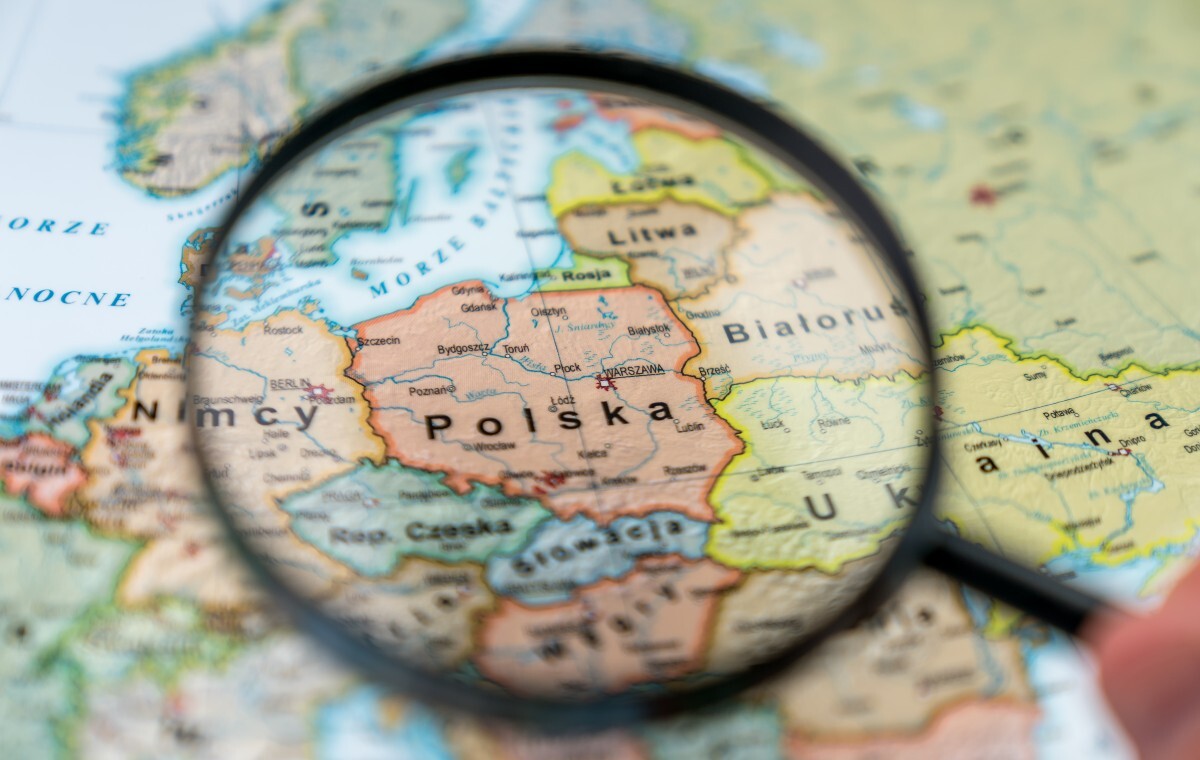
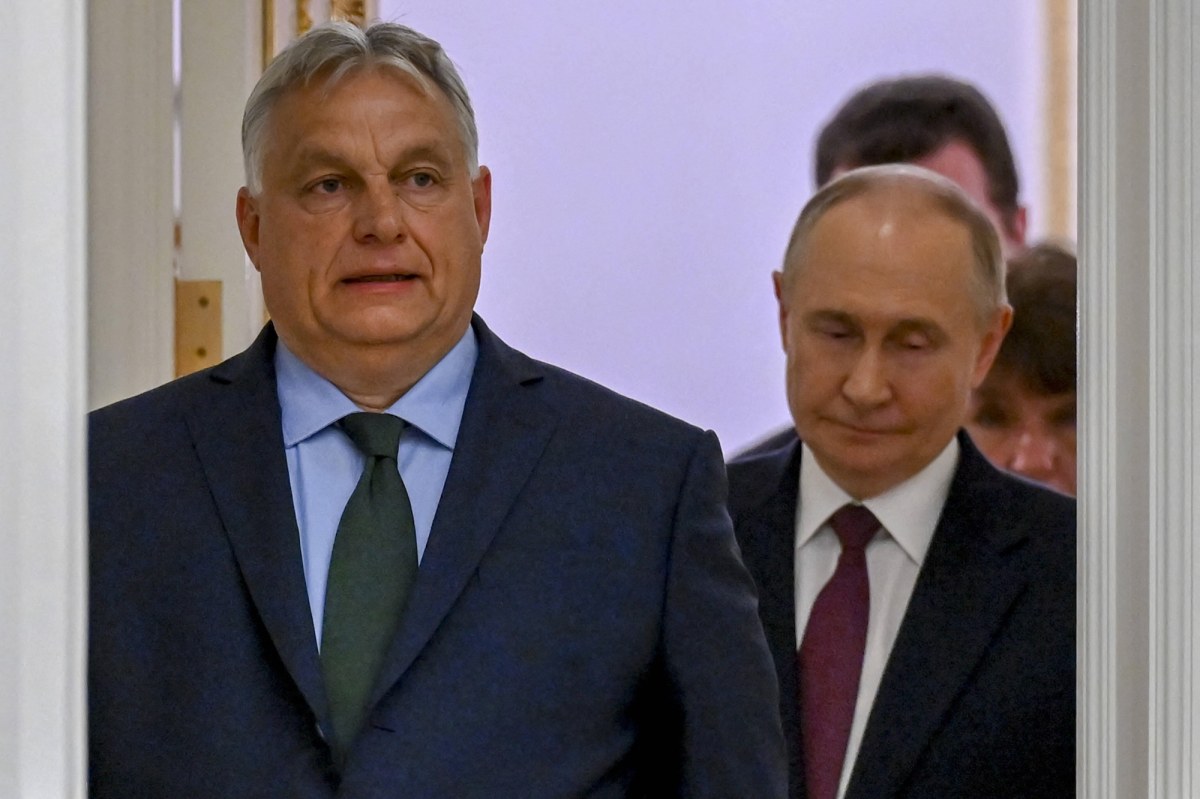
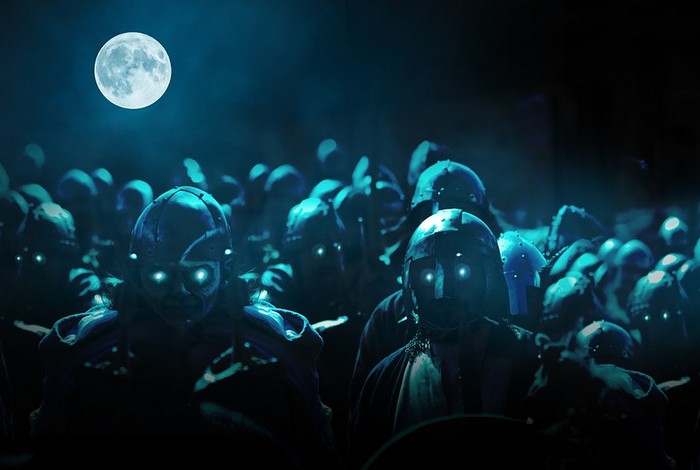
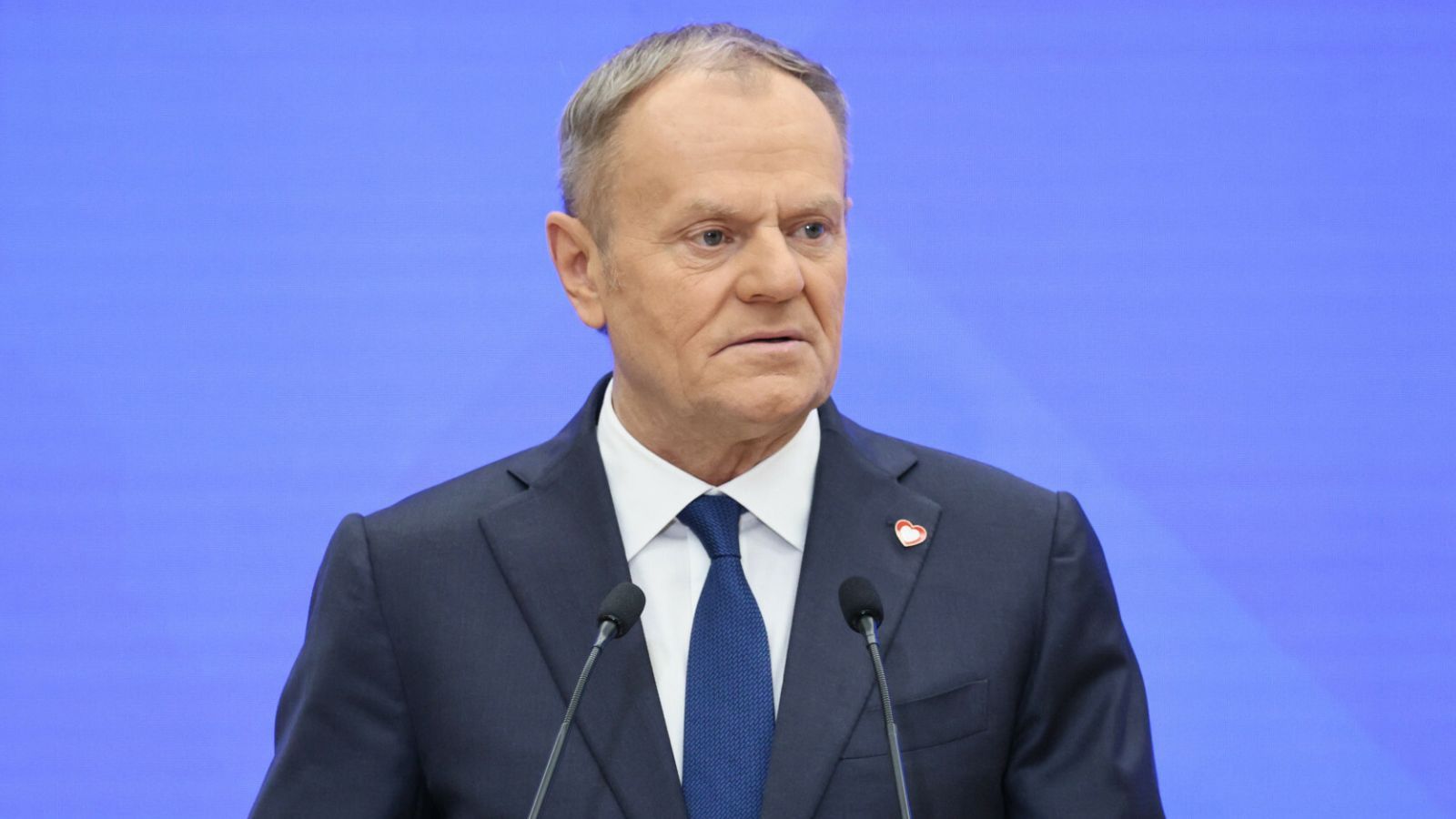
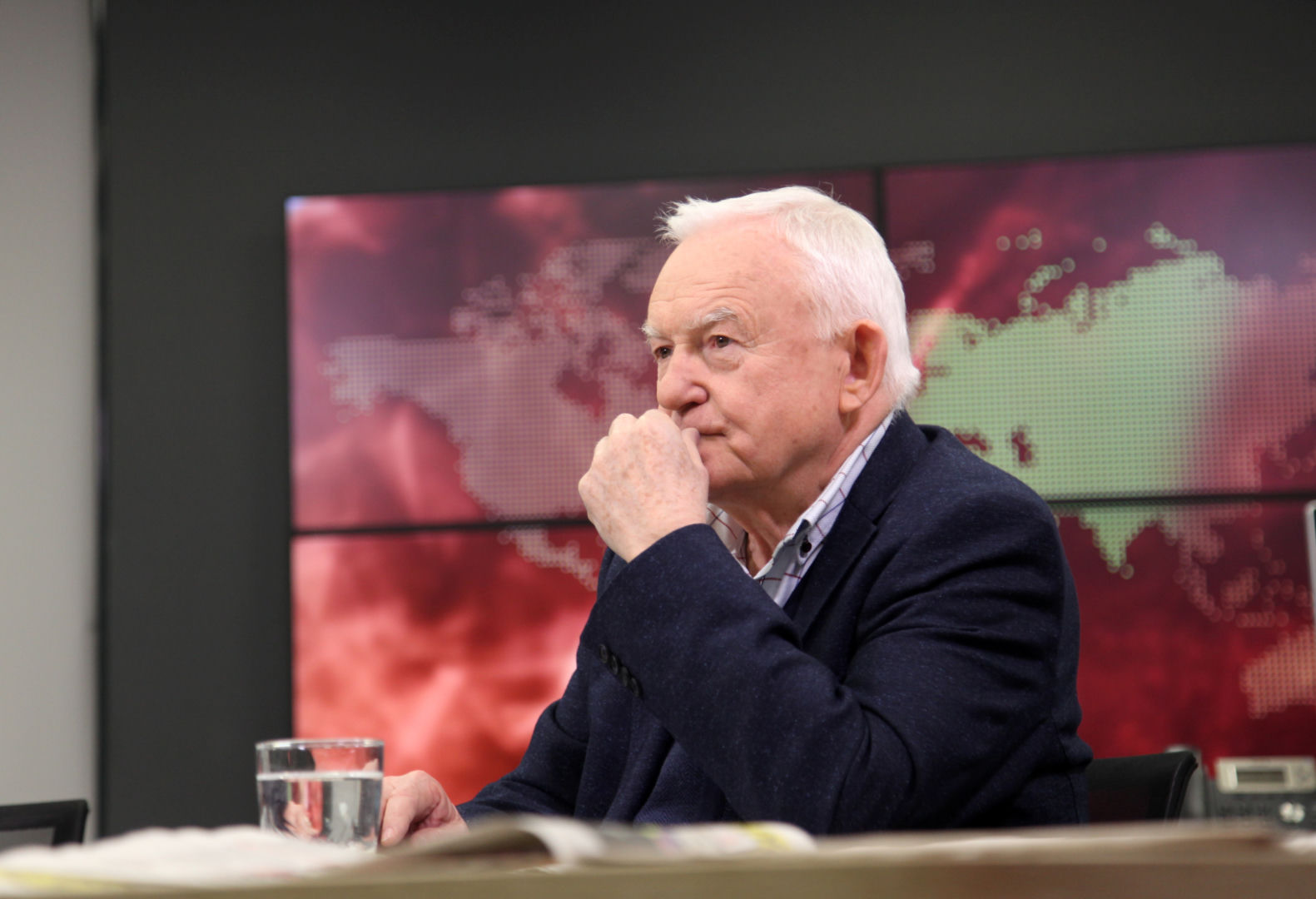
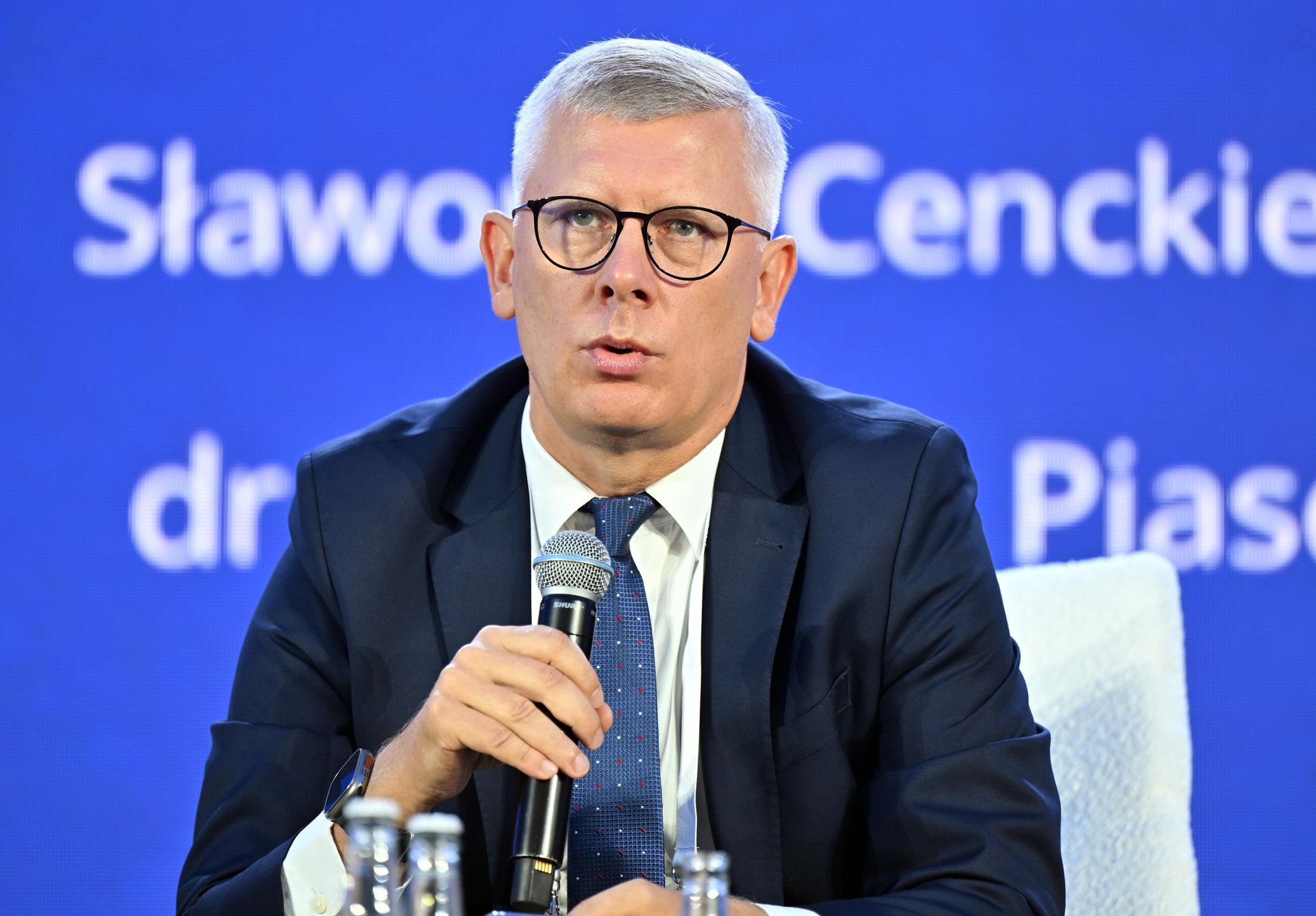
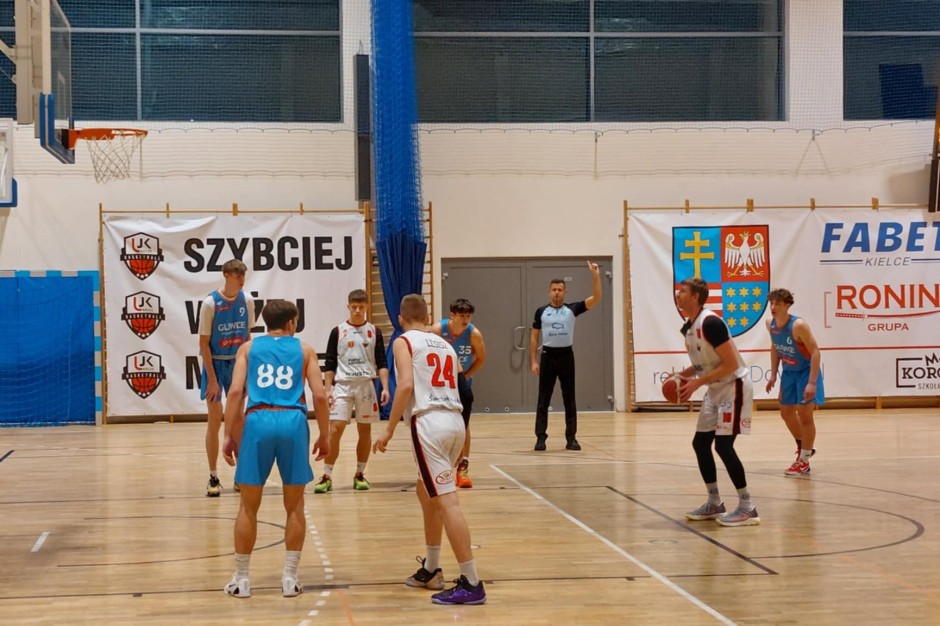

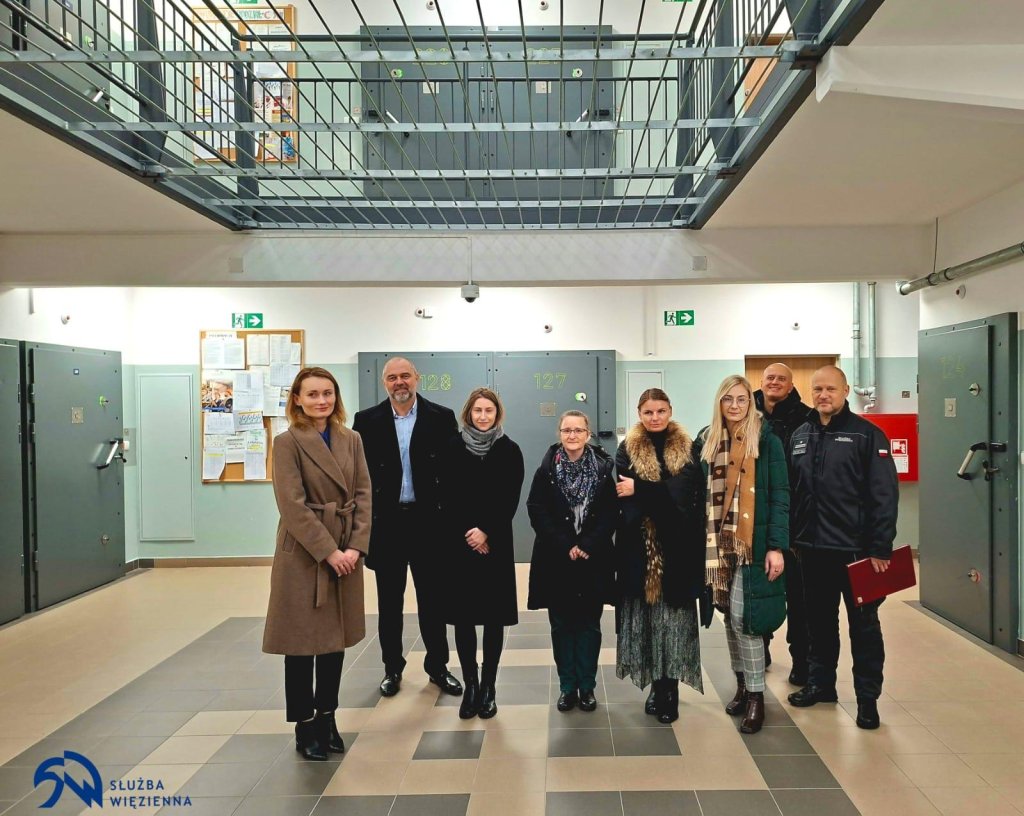
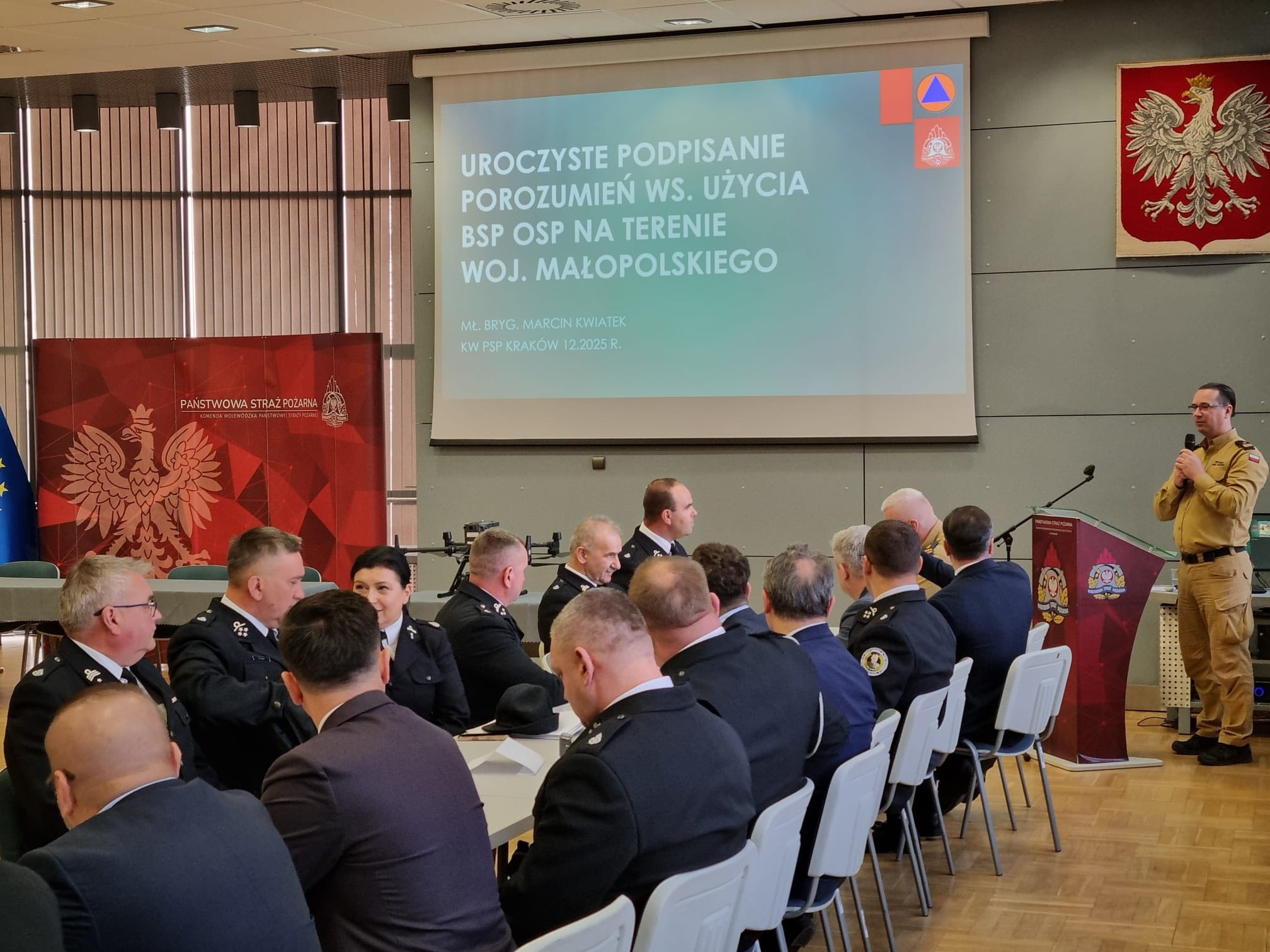
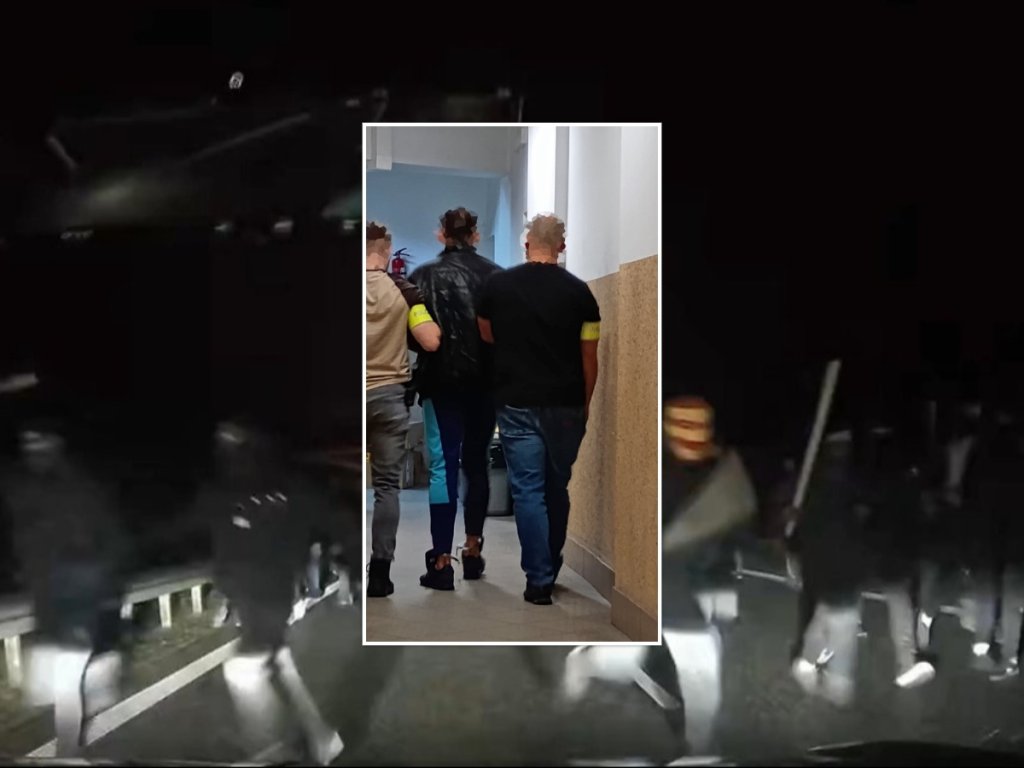

![Antyrządowa demonstracja w Budapeszcie. Na czele główny rywal Viktora Orbana [ZDJĘCIA]](https://cdn.wiadomosci.onet.pl/1/Puik9lGaHR0cHM6Ly9vY2RuLmV1L3B1bHNjbXMvTURBXy84YWJkMWRjZi0yZWY1LTRmNTktOGMzMS01NDZjNDU3OGI2OTYuanBlZ5KVAwDNAd3NFO_NC8eTBc0JYM0GQN4AAqEwB6ExBA)
